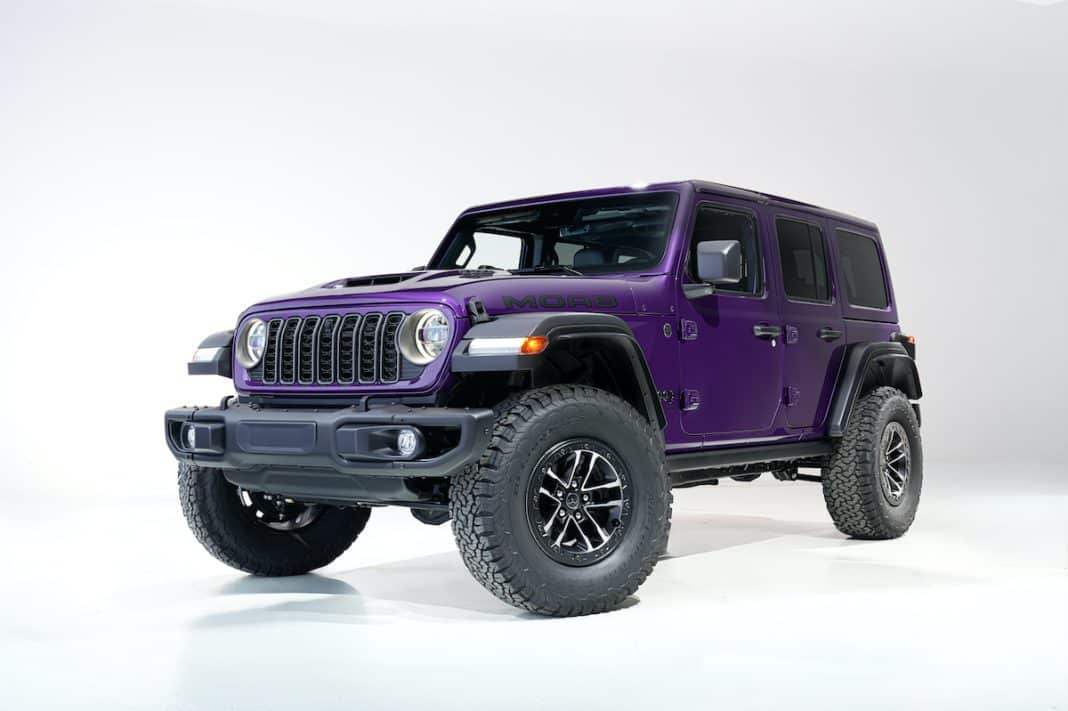Ford Motor Company is rolling out a major transformation of its dealership and customer-retail experience globally, unveiling the new “Signature 2.0” model designed to seamlessly integrate online and in-person car-buying, ownership and service.
What’s Changing
Ford says it developed the new experience in close collaboration with its dealer network across multiple countries. The goal is to deliver a unified global approach that ensures customers can move fluidly between browsing online, visiting a showroom and accessing service, depending on their preferences.
Key elements of the Signature 2.0 retail experience include:
- Hospitality First: Dealership staff are framed as brand ambassadors, with the physical showroom re-imagined to include dedicated hospitality spaces (like lounge areas) where customers can converse, have refreshments, and engage with the brand rather than feel pressured to buy.
- Sales & Service Anywhere: Customers are offered flexibility in when/where they complete transactions or service: in traditional sales rooms, in hospitality-type spaces, or even fully digitally.
- Operations Excellence: The physical layout and workflow of the dealership are re-designed for better flow and efficiency — for customer comfort but also to support employees.
- Discover Ford: Showrooms will include more immersive brand and product experiences, enabling customers to see, touch and learn about vehicles, accessories and technology in a more engaging way.
Digital + Physical Integration
Ford emphasises that the experience builds on a true omnichannel model: customers in the U.S. and 15 European markets can build, price and initiate their purchase online or in-dealership, with the ability to finish offline or online as they prefer. On the service side, programmes like Ford Pickup & Delivery (vehicle is picked up, serviced and returned) and Ford Mobile Service (technician comes to customer) are cited as part of the convenience-oriented future of ownership. Through Q3 2025, Ford reported 3.8 million remote service experiences globally.
Roll-out Plans
Ford states that more than 20 dealerships in 10 countries (including the U.S. and Brazil) have already launched the new retail model. The company aims to have 110 stores globally operating under the Signature 2.0 standard by the end of 2026 — spanning from Michigan and Missouri in the U.S., to Vietnam and South Africa internationally.
Why It Matters
- In an era where consumers increasingly expect the convenience and transparency of digital retail, Ford’s move is a clear attempt to modernise the car-buying journey and reduce friction between online browsing, showroom visits and service appointments.
- By emphasising hospitality, experience, and flexibility, Ford seeks to differentiate its retail network and brand perception at a time when customer expectations are rising.
- From a strategic perspective, creating a smoother ownership lifecycle (including service) strengthens retention, repeat purchases and potentially the broader services ecosystem tied to a vehicle.
The Context & Challenges
While the initiative is ambitious, analysts caution that execution will be key. A revamped showroom and digital tool are only as good as how they are deployed at the dealer level, how well staff embody the new approach, and how inventory, pricing and local operations align. Moreover, Ford’s focus on digital integration and service convenience comes as the wider automotive retail model is under pressure from changing consumer behaviours, electrification, and online-first competitors.
What to Watch
- Dealer adoption & consistency: How quickly and uniformly the new retail model is implemented across Ford’s global network will be a barometer of success.
- Customer metrics: Will we see measurable improvements in customer satisfaction, reduced purchase-cycle time, increased service retention or stronger loyalty?
- Digital conversion: The degree to which online leads convert efficiently to offline purchases (or are completed fully digitally) will indicate whether the omnichannel vision is working.
- Service growth: As service becomes more convenient and experience-driven, does Ford see growth in service revenue, higher customer retention or stronger aftermarket upsell?
Bottom line: With “Signature 2.0,” Ford is making a bold bid to shift the dealership and vehicle-ownership experience into a more modern, seamless, hospitality-driven model. If well-executed, it could become a meaningful differentiator in the crowded automotive retail space.

